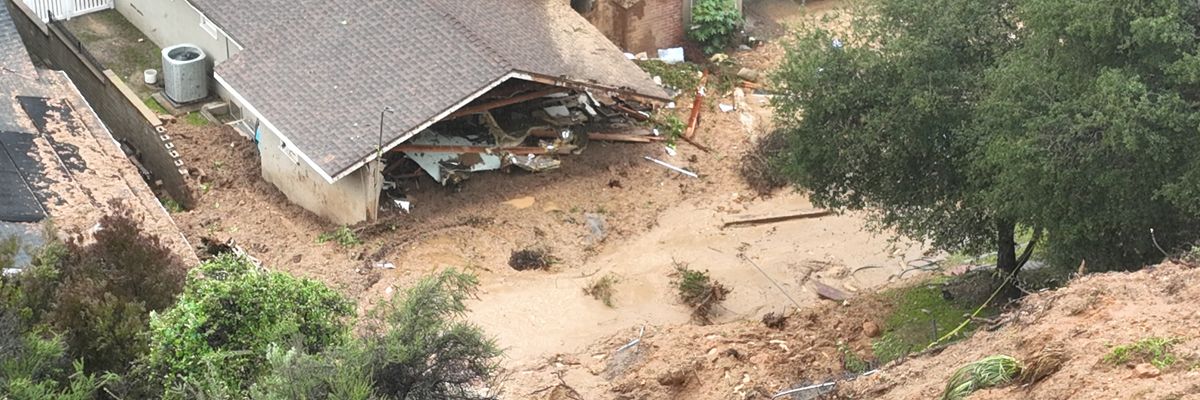Researchers from a U.S. national laboratory warned Wednesday that rising temperatures are shifting snow to rain in mountainous regions, increasing the risk of dangers such as floods, landslides, and soil erosion for up to a quarter of the world's population.
Scientists have previously determined that a warmer climate will mean more intense extreme precipitation events, but this "is the first time researchers have looked at whether that extreme precipitation comes as rain or snow," according to the Department of Energy's Lawrence Berkeley National Laboratory.
The new study, published in the peer-reviewed journal Nature, connects every 1°C rise in the global temperature to an average of 15% more rain at high elevations, particularly in certain "hot spots" around the world.
Lead author Mohammed Ombadi said in a statement that "our findings revealed a linear relationship between the level of warming and the increase in extreme rainfall: For instance, 1°C of warming causes 15% more rain, while 3°C leads to a 45% increase in rainfall."
"This increase in rainfall extremes is not only something that is going to happen from now until the end of the 21st century—we're already seeing it," he noted. "That same rate was also evident in the data from 1950 to 2019. Rainfall extremes in mountains have already been increasing, and will continue to change with that 15% rate."
"One-quarter of the global population lives in or downstream from mountainous regions... They are going to be directly affected by this risk."
"One-quarter of the global population lives in or downstream from mountainous regions," he highlighted. "They are going to be directly affected by this risk."
The researchers found the shift from snow to rain is occurring in all Northern Hemisphere mountain ranges, but those at greatest risk of extreme events are the Cascades, Himalayas, Sierra Nevada, and coastal ranges from Southern California to Canada.
While further study is needed to determine why certain areas face greater potential danger, Ombadi said that "we think that North American Pacific mountain ranges are more susceptible to the risk of rainfall extremes than other mountain ranges because a significant portion of snowfall in this region typically occurs at temperatures just below 0°C."
"The slightest change in air temperature will shift this snowfall to rainfall. This is unlike other mountain ranges where snowfall may occur at very low temperatures below 0°C," he explained.
Ombadi expressed hope that the study will assist not only scientists conducting future research but also civil engineers and policymakers trying to mitigate and prepare for the worsening climate emergency.
"We need to factor these results into how we design and build the infrastructure in these mountainous regions, so that they can withstand the negative consequences of increases in rainfall extremes," Ombadi asserted.
"There are many technologies in progress that could help us reduce greenhouse gas emissions and how much the planet warms," he added. "To me, this study shows the need to invest in those clean solutions, and also start preparing for the consequences of warming now."
The study came a day after Ian Fry, the United Nations special rapporteur on human rights in the context of climate change, said the number of people displaced by climate impacts "is rapidly increasing" and the global community "must realize its responsibility" to protect them.
World leaders are set to meet in the United Arab Emirates later this year for COP28, the next U.N. climate summit. Previous conferences have led campaigners and scientists to argue that countries' pledges and plans to reduce planet-heating emissions—particularly from fossil fuels, which made up 82% of global energy consumption last year—are wildly inadequate.
